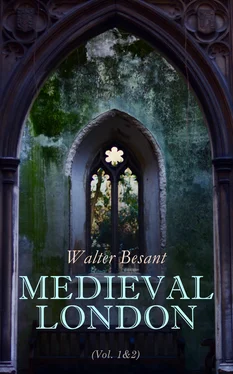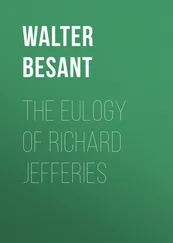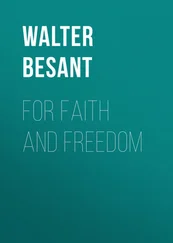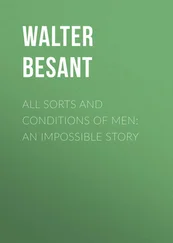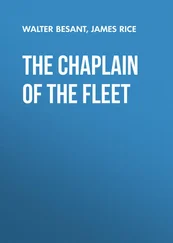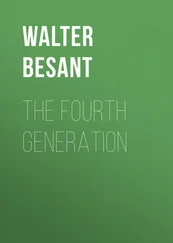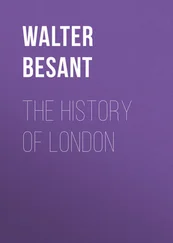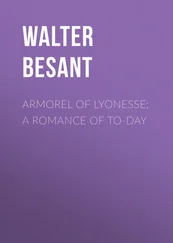Also, that no citizen shall be impleaded or troubled at the Exchequer or elsewhere by bill; except as to those matters which concern his lordship the King or his heirs.
Also, that the citizens of London shall have all their liberties and free customs whole and unimpaired, as freely as they ever had the same (the Statute for merchants, to the injury of the liberties of the City aforesaid, in the Parliament at York in the ninth year of Edward the Third enacted to the contrary notwithstanding), etc.” (Riley’s Trans. pp. 129-132.)
It will be observed that this charter is not only a confirmation of all the ancient Privileges and Liberties, but it creates new ones. (1) The Mayor was appointed one of the Judges of Oyer and Terminer for the trials of criminals in Newgate; (2) the citizens were to have the right of Infang-thefe and Outfang-thefe, i.e. the right of trying every thief or robber taken within the City, and the right of bringing back to the City for trial every citizen apprehended elsewhere. (3) A right to the goods and chattels of all felons condemned within the City. (4) The remission of £100 a year on the rent of Middlesex. (5) The right of devising real property. (6) The Sheriffs of London to be amerced no otherwise than their brothers south of the Thames. (7) All Foreign Merchants to sell their goods within forty days. (8) The citizens not chargeable with the custody of those who take Sanctuary. (9) The King’s Marshal, Steward, or Clerk of the Household to have no authority in the City. (10) The Mayor to be the King’s escheator of felons’ goods. (11) The citizens who resort to country fairs to carry with them a Court of Pie Powder. (12) The citizens to be free from tallages, other than those assessed upon other places. (13) The City liberties not to be seized on account of the personal offences of any magistrate. (14) The King’s Purveyor to have no right to fix the price of anything. (15) And no market to be held within seven miles of the City.
The charter looked as if the citizens had been simply invited to take what they pleased in the way of liberties.
By another charter Southwark, i.e. the King’s Manor, not the whole of Southwark, was granted as a part of the City. By a third a general pardon for all late offences was also granted.
Maitland speaks of a dangerous insurrection of certain trades and of their parading the streets armed, killing many. The so-called “insurrection” seems to have been nothing more than a continuation of the late lawless brawls; the people had tasted the joy of fighting in the streets and wanted to continue that amusement. The King addressed a letter to the Mayor calling upon him to keep better order. A number of arrests were made and a good many persons were executed; but the riotous condition of the City continued. The chief cause of trouble was the continual quarrelling between the trades. Thus at this very time, viz. the first years of Edward III., the Mayor arranged a dispute, which led to free fighting in the streets, between the Saddlers of the one part and the Joiners, Painters, and Loriners of the other part.
“Be it remembered, that whereas a certain affray lately took place between the men of the trade of the saddlers of the City of London, on the one part, and the men of the trades of the joiners, painters, and loriners, as well in copper as in iron, of the same City, on the other part, by reason of a certain rancour and dissension which had lately arisen between them, namely, on Thursday, the Feast of our Lord’s Ascension (May 20) last past: upon which day, certain of them, on either side, strongly provided with an armed force, exchanged blows and manfully began to fight, as well in Chepe as in the street of Crepelgate, and elsewhere in the same City; on which occasion certain among them were wickedly, and against the peace of our Lord the King, killed, and many others mortally wounded; by reason of which dissension and exchange of blows, the greater part of the City was in alarm, to the great disgrace and scandal of the whole City, and the manifest peril thereof; which dissension and exchange of blows became so serious and so outrageous as hardly to be appeased through the intervention of the Mayor, Sheriffs, and officers of the City; such contention being however at last, so well as it might be, allayed by the Mayor, Sheriffs, and other officers of the City, the said Mayor and Sheriffs appointed a day for the men of the trades aforesaid to appear before them at the Guildhall, namely, the Friday following, being the morrow of Our Lord’s Ascension, to the end that they might set forth their reasons on either side.
Upon the said day, there came accordingly to the Guildhall the men of the said trades, and, in presence of the Mayor, Sheriffs, and Aldermen, did set forth their grievances in writing, Whereupon, a certain Petition was presented to the Mayor by the joiners, painters, and loriners. The causes of quarrel are too long to be detailed here. Suffice it to say that all these trades attempted then what they attempt still, and that they cried out on each other for wickedness.”
The reception of the Lady Philippa of Hainault, who came over to be married to the young King, was made an occasion for the display and magnificence which the City has always loved.
As soon as the King was crowned he set out to take the field against the Scots. The Londoners gave him a hundred horsemen fully equipped, and a hundred footmen, on the assurance that this gift would not be taken as a precedent. The expedition accomplished little, and the war was ended by the Treaty of Northampton, which angered the Londoners against Isabella and Mortimer excessively.
In November 1328 the Earl of Lancaster rose in revolt against the Queen-mother. How that rebellion fared we know. Mortimer came out of it, apparently, stronger than ever.
It is difficult to make out clearly what passed in London during and after the revolt of Lancaster. The citizens regarded the want of success in the Scottish Expedition as due to Mortimer and the Queen. But between anger and rebellion there may be a wide gulf. There were partisans of Lancaster and there were supporters of the Queen; the King’s name was used by both parties.
We have already, in the preceding reign, heard of Hamo de Chigwell: we find him now brought to trial; not for favouring the late King, but on a charge of feloniously appropriating two silver basins, the property of the Abbot of Bury St. Edmunds. He was convicted, but claimed the benefit of clergy, and was conveyed to the Bishop of London’s prison. His character is not of the clearest to decipher, but he was one of the foremost citizens of the time, and it was a time when they demanded much strength and resolution. A year later he was allowed to go free. But as the citizens prepared to make a demonstration of rejoicing and welcome, the Queen with alarm ordered his arrest. He escaped, however, and is heard of no more in the City. In 1332 he devised some property to the Dean and Chapter of St. Paul’s to found a chantry.
Before leaving England in 1329 the King sent to the City a general proclamation. No one was to carry arms in the City except the officers of the City. No one was to walk about the City after curfew; there were to be no covins or congregations; no tavern was to be kept open after curfew; nobody was to spread lies about the City; no one was to harbour a stranger more than one night and one day, if he did not wish to be answerable for him.
The question which occupied the City at this time was practically that of Free Trade. There had been certain towns at which was established the Staple; that is to say, the market from which wools could be exported. No wool was to be exported until it had remained at a staple for a period of forty days. The rule was relaxed by Edward II. in favour of all towns except London, merchants being allowed to remove wool after fifteen days. The merchants of London naturally complained of this exception, but at first without success.
Читать дальше
